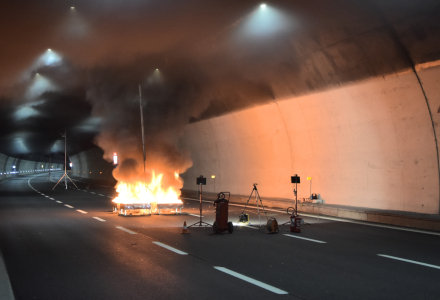
Santa Lucia and Boscaccio Tunnels: engineering design services for the electromechanical installations
Client: S Tecne Gruppo Autostrade S.P.A.
Services in this project:
- Specialist support for works supervision and commissioning
Specialist support activities for the provision of engineering services to assist the Construction Management officers and the subsequent commissioning of the electromechanical installations for the new Santa Lucia and Boscaccio tunnels. The activity included the provision of engineering and operational support services to the Construction Management for the Installations from the approval phase of the materials and supplies to the final testing of the systems, including technical assistance in the drafting of detailed drawings within the framework of the Barberino del Mugello and Incisa Valdarno - Lot 1 and 2 widening project for the third lane of the Barberino del Mugello and Incisa Valdarno - Lot 1 and 2.
The project involved the construction of a three-lane, single-carriageway section of motorway with a total length of approximately 17 kilometres. In addition to viaducts, the route includes tunnels (9.8 kilometres) equipped with an under-floor emergency escape tunnel accessible from pressurised and compartmentalised escape routes and an automatic fire extinguishing system with a water-foaming agent mixture. The works include the construction of a new three-lane single-carriageway motorway section, doubling the existing A1 motorway between Barberino di Mugello and Calenzano for a total length of approximately 17 kilometres. The route includes two tunnels: Boscaccio (2,200 metres) and S. Lucia (7,600 metres - the longest in Europe with three lanes of traffic), as well as viaducts (up to 550 metres in length). Works Management assistance and acceptance testing focused on the construction of the tunnel's electromechanical installations, and it included the main systems:
- MV/LV power distribution, including electrical transformer substations, internal and external cable routes to buildings and tunnels, MV/LV distribution power lines and terminals to the facilities served, as well as the illumination network;
- tunnel ventilation (longitudinal) and ventilation of the temporary safety areas and passages, including the external blowing stations;
- conventional fire-fighting (water systems - hydrant networks) and mitigation (deluge system) with water and foaming agents;
- fire detection systems and road sensors;
- active video surveillance with integrated automatic monitoring of traffic, related abnormal events and fire (AID technology);
- information and active messaging to road and tunnel users (variable message panels and illuminated signs), as well as audio broadcasting (EVAC) along the tunnels;
- ultra-wideband geographical (WAN) and local (LAN) data network infrastructures for the implementation of high-tech services along road and motorway routes;
- UHF, VHF, and Wi-Fi (indoor/outdoor) radio coverage, including software checks/simulations and link budget calculations.
The commissioning phase of the installations included the performance of the functional tests and verifications necessary for the acceptance testing of the tunnel installations, including the inspection of the active safety systems and the certification of the water fire-fighting systems.
Connect with Our Team
Project data
- Country
- Italy
- Location
- Tuscany
- Year
- 2022 - in progress
- Status
- Completed
Other projects related to this area
-
 Valle d'Aosta
Valle d'Aosta -
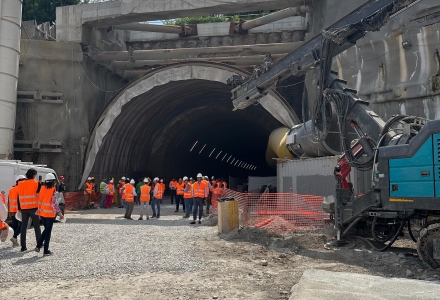 Veneto
VenetoS.S. 51 "DI ALEMAGNA": Extraordinary Accessibility Plan for Cortina 2021
-
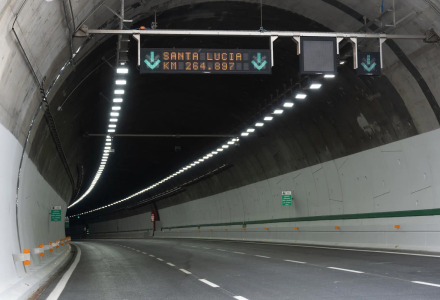 Tuscany
TuscanyExpansion of the Third Lane of the Barberino-Calenzano Motorway
-
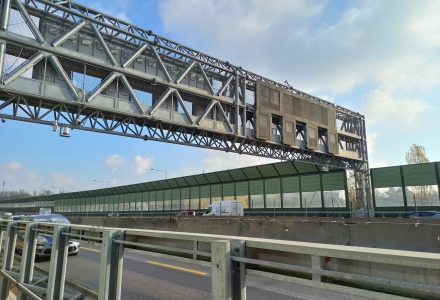
Electromechanical installations on the 4th lane of the A4 Motorway
-
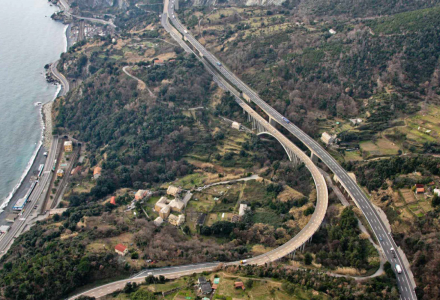 Liguria
Liguria"Gronda di Genova": electromechanical installations
-
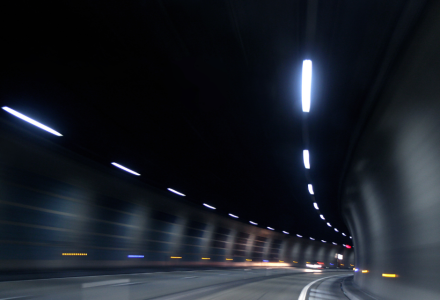
Tunnels of Section IV of the Italian Motorway System: Safety Manager


